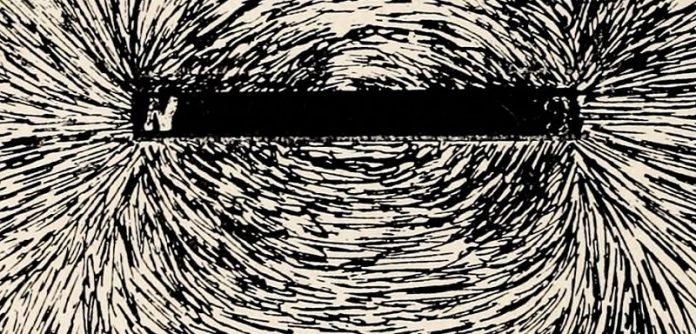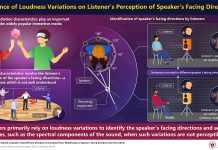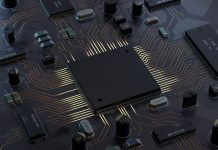
Scientists have developed a way to use magnetic materials for data storage that is about 50 times faster than previous attempts.
The record-breaking accomplishment could improve the speed and energy efficiency of electronic devices such as phones and computers and help their batteries stay charged longer.
Spintronics is a scientific field that investigates ways to store electronic data in magnetic memories instead of charge-based memories.
Fast magnetic memories would improve energy efficiency and reduce the size of electronics.
All data stored on a computer, for example, consists of a binary electronic system in which a 0 corresponds to a silicon transistor with no electric charge, whereas a 1 corresponds to a charged transistor. This system uses a lot of electricity.
This binary system can also be applied to the north and south magnetic poles of magnetic fields. Computer hard drives store large amounts of permanent data magnetically.
When in use, however, the computer relies on random access memory, or RAM, which stores smaller amounts of data electronically for rapid access.
When you first open an application, it takes a while to load because the hard drive is slow. But RAM holds that program during your computer session even when closed, so it loads quickly next time you open it.
For example, your browser might take a few seconds to load when you first fire up your computer, but only takes a split second later on.
RAM is like the computer’s short-term memory. When the electric current ends, such as when you shut down your computer, RAM data disappears.
For over 10 years, engineers have known how use electric current to switch the poles of a magnetic current to make it work similar conventional RAM.
In addition to using less energy, magnetic RAM would hold the data even after the computer was turned off. This feat has a big drawback: It’s much slower than conventional computer memories.
In a paper published in Nature Electronics, a group of researchers from France and the United States that includes UC Riverside’s Richard Wilson, an assistant professor of mechanical engineering; and doctoral student Xinping Shi reports using extremely short electrical pulses to switch the magnetization of a thin film in a magnetic device.
Each pulse lasted 6 picoseconds, or 6 trillionths of a second, and around 50 times faster than any existing spintronic devices.
Typically, in a spintronic memory, an electric current flows through a metallic wire to reverse the polarity of a magnetic material atop the wire.
The current lasts about a nanosecond, which equates to a billionth of a second or 1,000 picoseconds. Transistors in conventional computer chips switch in just a few picoseconds. Magnetic switching is very slow by comparison.
“If we could switch a magnetic RAM device as quickly as a conventional transistor, that would make the technology even more appealing,” said Jon Gorchon, the project lead and researcher at the Jean Lamour Institute in France.
Wilson, Shi, and colleagues sent the 6-picosecond electrical pulses along a wire into a cobalt-based magnetic material that switched reliably.
The short electrical pulses also allowed the group to avoid overheating the device, which can plague most modern devices.
Wilson and Shi led the part of the study that focused on how heating from the electrical pulse affected performance. Instead of hurting the device performance, they found the ultrafast heating helped speed up the magnetic switching.
“The magnet reacts differently to heating on long versus short time scales,” Wilson said.
“When heating is this fast, only a small amount can change the magnetic properties and help reverse the magnet’s direction. At that speed, heat helps switch the magnet.”
The advance will help researchers design future experiments that could help usher in a new generation of highly energy-efficient electronic devices that retain short-term data even when off.
“Such a high-speed, low-energy spintronic device can potentially tackle the performance limitations of current processor level memory systems, and it could also be used for logic applications,” said co-author Jeffrey Bokor, a distinguished professor of electrical and computer engineering at UC Berkeley.
The paper, “Spin–orbit torque switching of a ferromagnet with picosecond electrical pulses,” is available here.
Written by Holly Ober.



